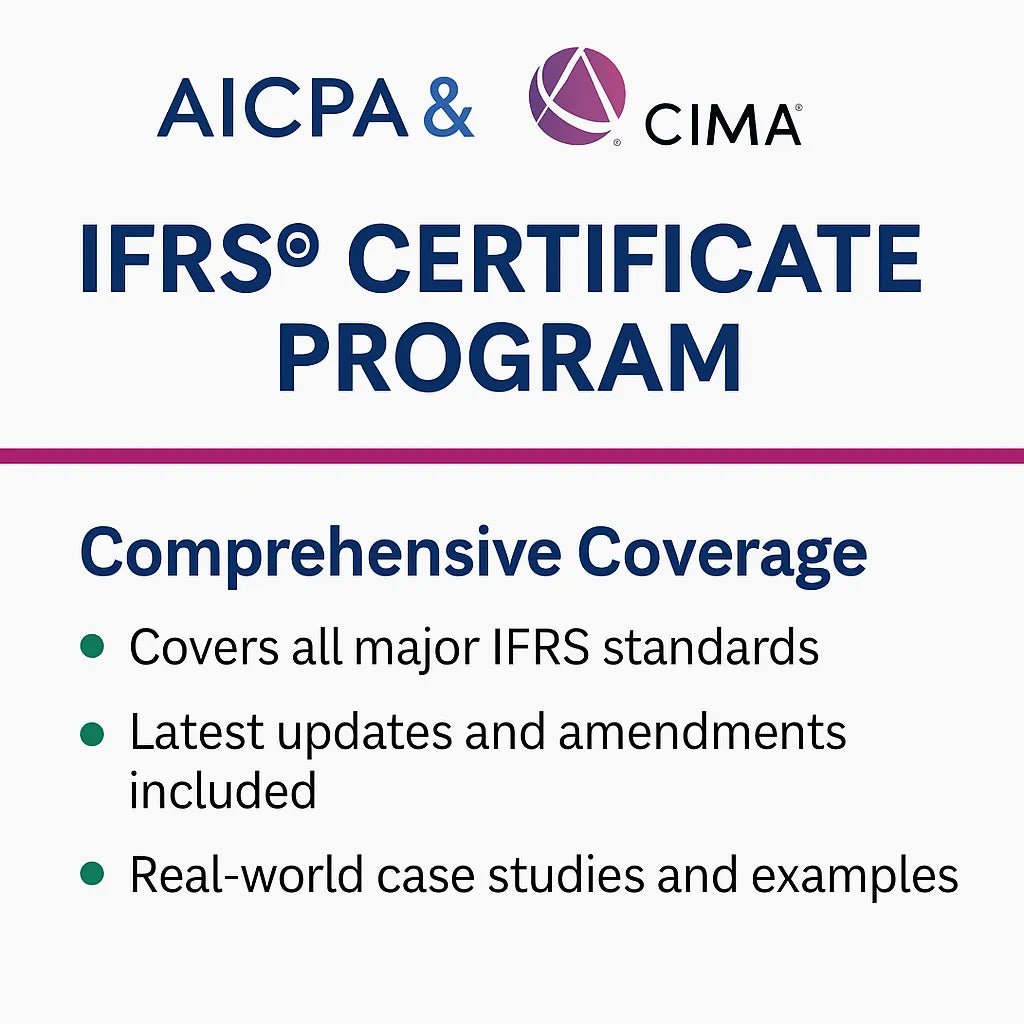ACCA DipIFR study plan. Tips and strategies to plan
“To thine own self be true” is an old-fashioned way of saying be honest and see things as they are. Be honest when you develop your study plan. Take a realistic look at your upcoming week. For a busy week, schedule light study, say ten hours; schedule as many as twenty hours of study during a quiet week.
DipIFR study plan
Prepare your Study plan by topics
Examine your study materials. Divide up all materials by exam area, and then further divide them into concepts tested within the exam section. The subtopics can be called chapters, modules, or units. For simplicity, we will call them modules. Count up the number of modules you should study and review. If your materials contain twenty-four modules and you have twelve weeks to go before the exam, you should study two modules per week to complete all twenty-four modules. Notice that it is assumed that you can and will complete two modules per week, right up to the exam date. If you skip a week of study, you must increase your studies during the next week if you want time to take practice exams and have not already included them in your schedule. Make sure to schedule a few extra days.
Bite-size chunks
Research studies show that people learn more quickly when the material is divided into small, manageable study areas. Bits of information are easier to study. Gain confidence working with bite-size areas and noting that progress was made. Another advantage of studying small areas is that this method allows you to utilize a building-block approach. We all know we can’t divide until we master the areas of addition, subtraction, and multiplication. Accounting, like math, keeps building. Use previously mastered techniques to help you learn new accounting information. For example, to understand how to account for liabilities, you must know how to compute net present value. Once you know how to compute present value, bond and lease accounting will be much easier, since the areas begin with the computation of net present value.
Modules mix
Its a better idea to mix up modules in your study plan. Schedule a tough subject with an easy one. Mix the fun topics with the dry and difficult areas. For example, if you plan to study three modules per week, don’t select three difficult topics for the same week. Help yourself stick to the plan by picking one difficult area, one area of medium difficulty, and one easy and fun area. An example of a mix of material might be
-
Difficult: Financial Instruments
-
Medium difficulty: —Fixed Assets
-
Easy: —Inventory
Keep around two weeks prior to your exam reserved to practice past question papers and the BPP practice and revision kit. The biggest reason, people fail the exams as per ACCA's examiner's team, is that they dont practice the past papers. We have put a sample study plan at the end of this blog which you can refer to
Design a plan to succeed
Designing a plan to succeed is so much more fun than designing a plan that on paper looks great, but after one to two weeks, you haven’t accomplished a thing because the plan does not fit your lifestyle. If you are not a morning person, by all means, don’t schedule early morning study times. Plan to spend the late evening hours studying. Incorporate all of the topical areas into your plan. Mastering some areas and leaving other areas untouched could be dangerous. The ACCA Board of Examiners has a way of testing the areas that you didn’t study. Spend time on all subject areas to do your best at learning something about everything. Believe that your plan will be a guide to success. Believe that you can pass the DIPIFR exam.
The table below shows an example of a study plan for the DIPIFR over a three month period.
| Module | Difficulty level | No: times the question has come up in the last 12 papers |
| Month 1 | ||
| Revenue | Difficult | 7 |
| Tangible assets and impairment | Medium | 7 |
| Intangible assets | Medium | 4 |
| IASB conceptual framework | Easy | 2 |
| Taxation | Medium | 3 |
| Segment Reporting | Easy | 3 |
| Related party | Easy | 4 |
| Month 2 | ||
| Leases | Difficult | 6 |
| Financial Instruments | Difficult | 8 |
| Foreign currency | Easy | 5 |
| Agriculture | Easy | 4 |
| Employee benefits | Medium | 2 |
| Earning per share | Easy | 1 |
| Provisions, contingent liabilities, and asset | Medium | 6 |
| Month 3 | ||
| Consolidation | Difficult | 12 |
| Reporting for SME | Easy | 1 |
| Mineral Resources and Inventories | Easy | 2 |
| Share-based payments | Medium | 8 |
| Accounting for associates | Medium | 1 |
| Accounting for joint arrangements | Easy | 1 |
| Presentation of financial statements | Easy | 3 |
From the blog
View allFAQs
ACCA blogs
Follow these links to help you prepare for the ACCA exams
IFRS blogs
Follow these blogs to stay updated on IFRS
Formats
Use these formats for day to day operations
- Account closure format
- Insurance claim letter format
- Transfer certification application format
- Resignation acceptance letter format
- School leaving certificate format
- Letter of experience insurance
- Insurance cancellation letter format
- format for Thank you email after an interview
- application for teaching job
- ACCA PER examples
- Leave application for office
- Marketing manager cover letter
- Nursing job cover letter
- Leave letter to class teacher
- leave letter in hindi for fever
- Leave letter for stomach pain
- Leave application in hindi
- Relieving letter format
Interview questions
Link for blogs for various interview questions with answers
- Strategic interview questions
- Accounts payable interview questions
- IFRS interview questions
- CA Articleship interview questions
- AML and KYC interview questions
- Accounts receivable interview questions
- GST interview questions
- ESG Interview questions
- IFRS 17 interview questions
- Concentric Advisors interview questions
- Questions to ask at the end of an interview
- Business Analyst interview questions
- Interview outfits for women
- Why should we hire you question
leave application format
- Leave application for office
- Leave application for school
- Leave application for sick leave
- Leave application for marriage
- leave application for personal reasons
- Maternity leave application
- Leave application for sister marriage
- Casual leave application
- Leave application for 2 days
- Leave application for urgent work
- Application for sick leave to school
- One day leave application
- Half day leave application
- Leave application for fever
- Privilege leave
- Leave letter to school due to stomach pain
- How to write leave letter
Insurance blogs
- Sample letter of appeal for reconsideration of insurance claims
- How to increase insurance agent productivity
- UAE unemployment insurance
- Insurance cancellation letter
- Insurance claim letter format
- Insured closing letter formats
- ACORD cancellation form
- Provision for insurance claim
- Cricket insurance claim
- Insurance to protect lawsuits for business owners
- Certificate holder insurance
- does homeowners insurance cover mold
- sample letter asking for homeowner right to repair for insurance
- Does homeowners insurance cover roof leaks













Leave a comment